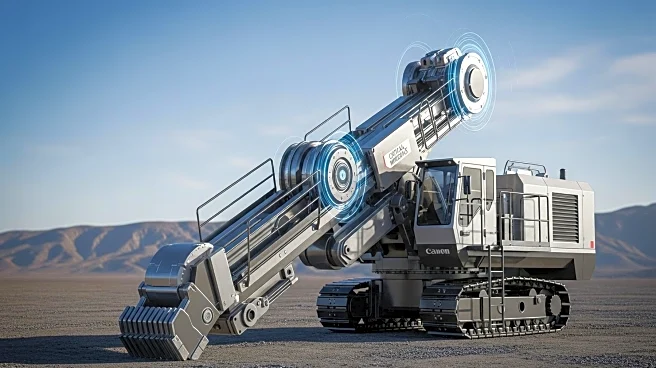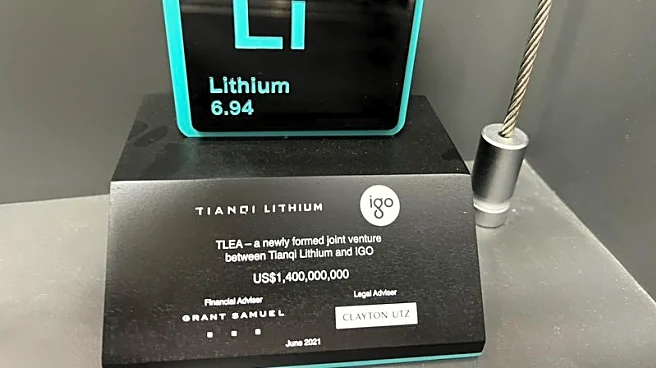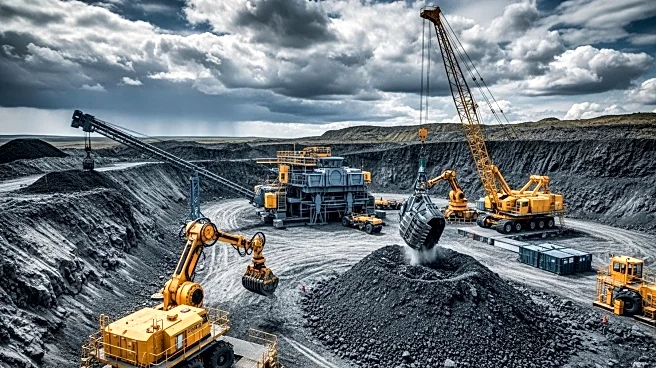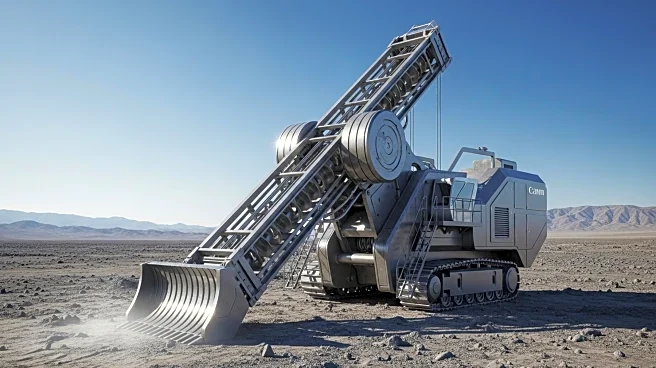What's Happening?
Alaska Governor Mike Dunleavy has emphasized the importance of supporting domestic mining to bolster U.S. manufacturing and reduce reliance on foreign sources for critical minerals. He highlighted Alaska's potential to supply graphite, a key component in lithium-ion batteries, which is currently imported entirely from overseas, primarily China. Dunleavy criticized the Biden administration's decision to invest in a graphite mine in Mozambique, citing geopolitical instability and security risks. He advocates for the development of the Graphite Creek Project in Alaska, which could meet U.S. graphite demand for the next century.
Why It's Important?
The push for domestic mining is crucial for U.S. national security and economic independence, particularly in the context of critical minerals like graphite. By developing local resources, the U.S. can reduce its dependency on foreign suppliers, which poses risks to national security and economic stability. The initiative could also create jobs and stimulate economic growth in Alaska and other states involved in processing and manufacturing. This approach aligns with broader efforts to revitalize American manufacturing and ensure a stable supply chain for essential materials.
What's Next?
Governor Dunleavy's proposal may lead to increased investment and policy support for domestic mining projects. The federal government will need to consider the strategic benefits of developing local resources versus relying on international sources. This could involve regulatory changes and financial incentives to encourage mining and processing within the U.S. The success of such initiatives could reshape the landscape of American manufacturing and resource management.
Beyond the Headlines
The focus on domestic mining raises ethical and environmental considerations, including the impact of mining activities on local ecosystems and communities. Balancing economic growth with environmental stewardship will be a key challenge for policymakers. The debate also highlights the geopolitical dimensions of resource management, as countries vie for control over critical minerals essential for technological and military advancements.











